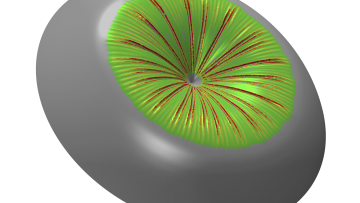Mixotrophy: the Missing Link in Ecology
Abstract
The management of natural resources, from fisheries and climate change to gut bacteria colonies, all require the development of ecological models that represent the full spectrum of population interactions, from competition, through mixotrophy and mutualism, to predation.
Mixotrophic plankton, that both photosynthesise and eat other plankton, underpin all marine food webs and help regulate climate by facilitating gas exchange between the ocean and atmosphere. We show the recent discovery that their feeding preferences change with increasing temperature implies climate change could dramatically alter the structure of marine food webs.
We describe a theoretical framework that reveals the key role of mixotrophy in facilitating transitions between trophic interactions. Mixotrophy smoothly and stably links competition to predation, and extends this linkage to include mutualism in both facultative and obligate forms. Such smooth stable transitions further allow the development of eco-evolutionary theory at the population level through quantitative trait modelling.





